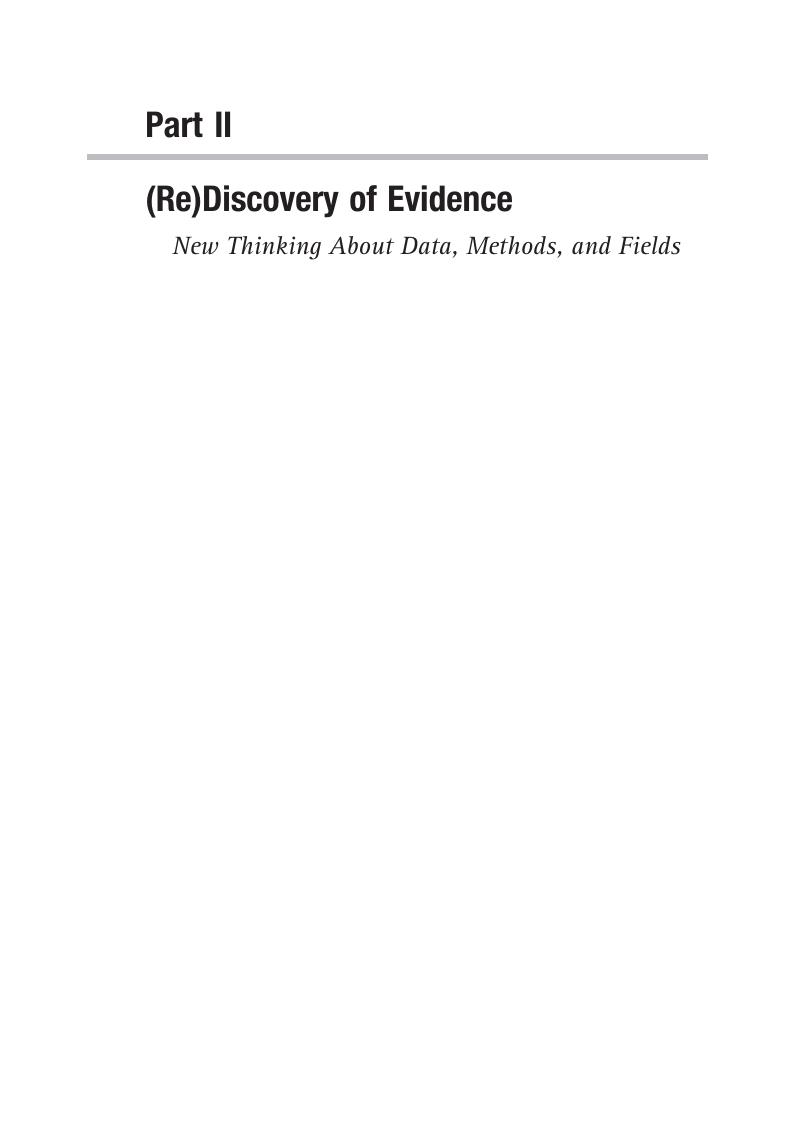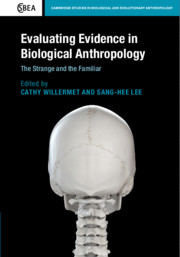Book contents
Part II - (Re)Discovery of Evidence
New Thinking About Data, Methods, and Fields
Published online by Cambridge University Press: 01 November 2019
Summary

- Type
- Chapter
- Information
- Evaluating Evidence in Biological AnthropologyThe Strange and the Familiar, pp. 101 - 216Publisher: Cambridge University PressPrint publication year: 2019



